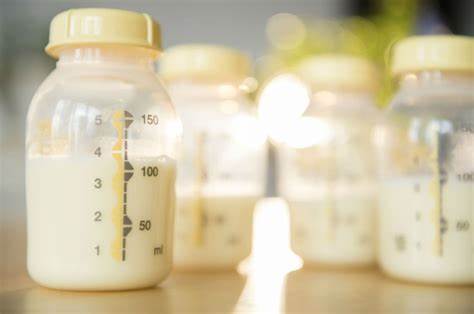The best food for babies from birth up to 12 months and beyond is by breastfeeding. It has tons of health benefits for mummies too. However, frustration comes when you can’t express or produce enough milk on the spot, or you have to feed your baby and you’re not around. This makes storing breast milk very handy. It’s a smart way to support mums in multitasking while not worrying about the supply.
To make this endeavour less stressful, here’s a guide on how to store breast milk more efficiently:
Ensure you’re in great condition
Before you store breast milk, you need to produce enough supply first. To do this, you’ll need proper nutrition. Breastfeeding mums need about an additional 330-400 calories to produce a healthy milk supply. It’s tough to gain the energy for breastfeeding with hunger or exhaustion. Get enough rest in a relaxed environment. To ease your worries in expressing milk, natural milk boosting tablets can help. On the other hand, oversupply can happen too and you might need ultra-absorbent breast pads for leak control. Should you need more assistance, seek a trusted healthcare provider, midwife, or lactation consultant.
Choose expressing method
Mums store breast milk either to ease breast swelling or to save some for future use. As for the expressing methods, you may do so by hand, with a hand-help pump, or with an electric pump. Before you start, make sure to wash your hands with soap and warm water. Then, gently massage your breast with controlled pressure to induce supply. Squeeze behind the nipples, switch breasts every now and then, and let the milk gradually flow. This might take time at first, but you’ll eventually get the hang of it with more practice.
Store breast milk with care
For milk storage, glass or plastic containers must be thoroughly cleaned. Sterilise equipment that could come in contact with the milk. Keep breast milk refrigerated after expressing and place them at the back or where it’s the coldest. Carefully label the containers or sealable plastic bags with dates for easy reference. Oldest milk should be consumed first, and unused supply within 2 days should be kept frozen. If your baby doesn’t finish their milk, it’s safer to throw it away. This is because leftover milk may cause vomiting and diarrhea from harmful bacteria.
In the end, the journey of breastfeeding is unique for every mum. Some just naturally produce more breast milk than the others and that’s okay. With proper nutrition and self-care, you’ll eventually express more supply and store enough to meet your baby’s needs.


Leave a comment